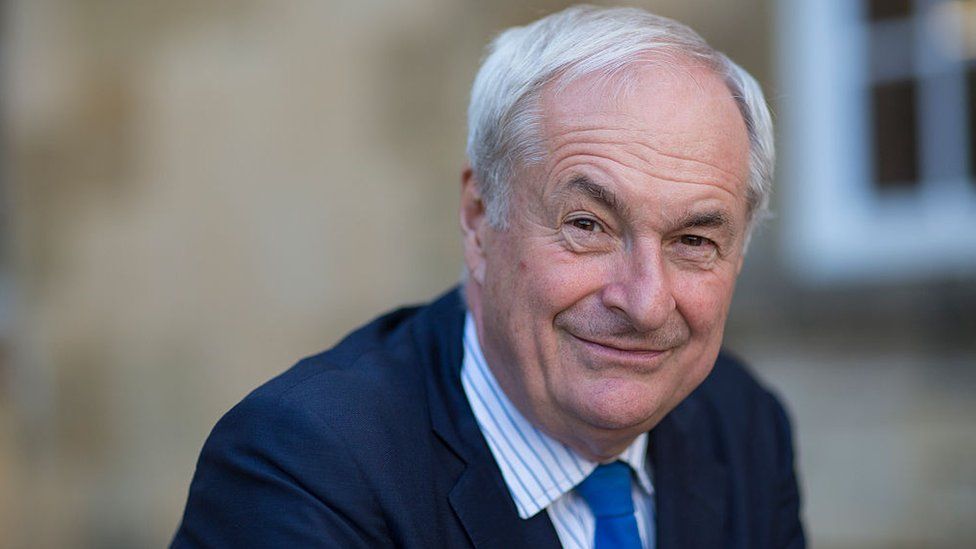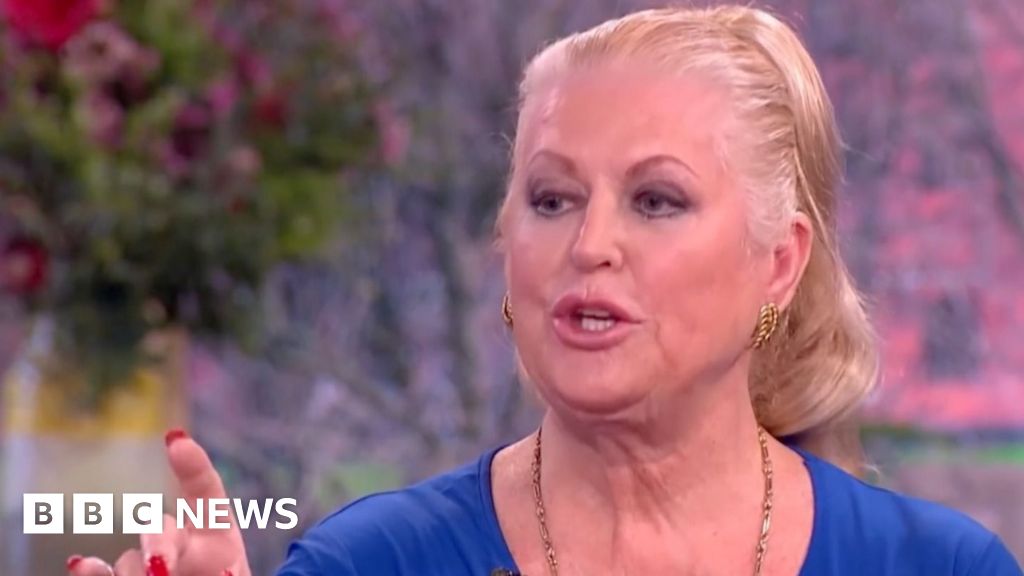ARTICLE AD BOX
 Image source, Getty Images
Image source, Getty Images
The Radio 2 presenter said the foxes are "bad news"
By James W Kelly & PA Media
BBC News
London's urban foxes "sound like children being tortured" during their mating season, according to radio presenter Paul Gambaccini.
The veteran broadcaster said he once broke up two foxes mating outside his home in Kennington, south London, because of the "shocking" noise.
He said many others have gripes with the rusted-red and white vulpines.
Trevor Williams, founder of The Fox Project rescue charity, said foxes were generally a "pretty quiet population".
Mr Gambaccini said he heard the screeching noise once or twice a week adding that he would "not wish on anyone" the experience of interrupting breeding foxes.
He told Radio 4's Today programme that on one occasion urban foxes had urinated on his copy of the Financial Times as a "symbol of their territory".
Image source, Getty Images
Image caption,Don't expect one-time Norwegian hit 'What Does the Fox Say' to feature on the Gambaccini Collection
The broadcaster, known as "The Professor of Pop", said: "It's really shocking, and, no matter how many times you've been woken up by it, it's bad news.
"They really do operate with impunity and sometimes they fight as well - a turf war. So it's a very noisy affair."
Mr Williams said the issue of noise was "totally subjective", adding that foxes were mostly quiet apart from two periods of the year.
The high-pitched wails heard in winter are usually made by vixens as they try to summon a mate.
Mr Williams told the PA news agency: "Most people are perfectly happy to live with foxes around because they're not a problem by and large.
'Noisy break up'
"Foxes are not going to bring attention to themselves if they possibly can avoid it."
He added the mating season between January and February can be "noisy for anyone", as well as the end of summer, when families of foxes disperse and "break up rather aggressively".
The number of foxes living across the UK is not officially recorded; however, a 2013 report by the Department for Environment, Food and Rural Affairs (Defra) estimated there were around 430,000 - roughly one fox for every 150 people in the UK.
Mr Williams said the number of urban foxes, estimated to be around 10,000 within the M25 during cub season, "hasn't really changed much since the mid-1970s".
Following cub season, the number of foxes decreases to half this number, with populations limited by the amount of food and territory available.
Mr Williams said the proportion of urban foxes in the national fox population is growing as humans move into their territory.
"It's not that there's an increase in foxes - it's simply that we're all increasing."
Foxes have been documented in Britain's southern urban areas since the 1930s.
Image source, Getty Images
Image caption,From the Professor of Pop to the prime minister, no one can escape the urban fox
The Natural History Museum said the expansion of these areas during the inter-war period created an "ideal new habitat with an abundance of food".
'Lack of understanding'
London boroughs were responsible for their resident foxes in the 1970s and attempted culls proved unsuccessful - a fox-control officer killed 300 foxes a year in Bromley but this made no dent in the population, the Natural History Museum said.
Urban fox control was abandoned in the 1980s.
Mr Williams said the idea that urban foxes are a nuisance came down to a "lack of understanding of the species".
He said they "love nice gardens and lawns" because they can dig into them to find chafer grubs and other insects but those who don't want the visitors can use "use non-toxic chemical repellents to dissuade them".
Follow BBC London on Facebook, Twitter and Instagram. Send your story ideas to hellobbclondon@bbc.co.uk

 1 year ago
138
1 year ago
138








 English (US) ·
English (US) ·